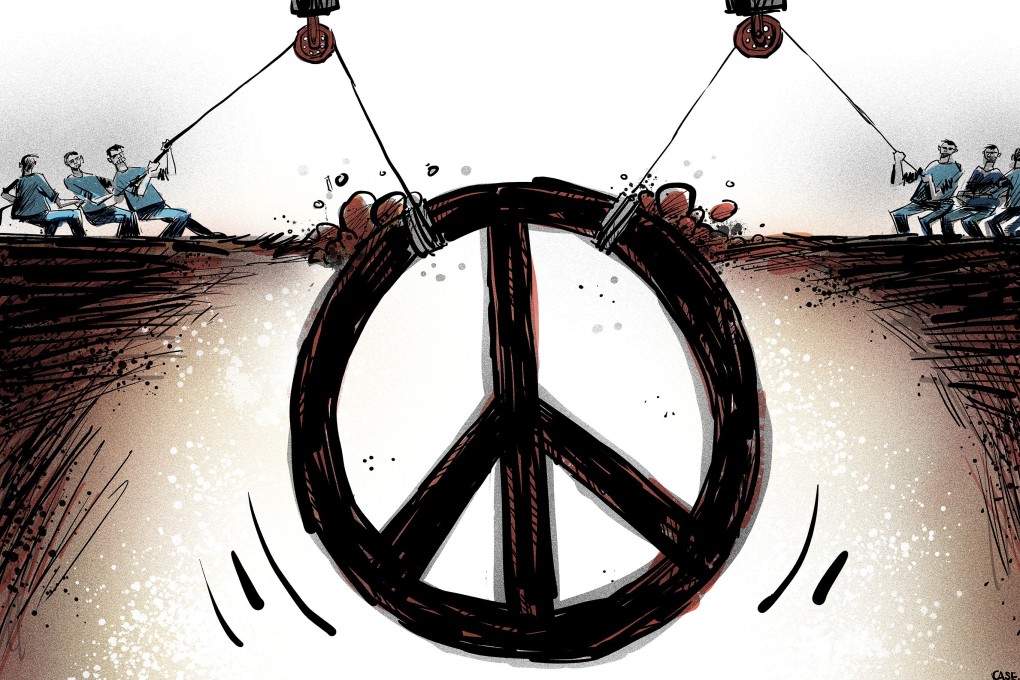Opinion | China-India relations: Ladakh stand-off need not be a prelude to war
- If these nuclear states and rivals want to manage, stabilise and eventually transcend the security dilemma, they must incrementally build trust
- Greater appreciation of the fears of one’s adversary paves the way for deeper dialogue and a trusting relationship, though this needs a delicate balancing act

In light of Sino-Indian relations reaching a nadir, the common refrain among policy analysts is that India can ill afford to trust China any longer. John Mearsheimer, a professor of political science and international relations at the University of Chicago, restated during a recent interview with India Today his long-standing thesis that world politics is “tragically” bereft of trust and security can only be realised through self-help.
Even as rivals, if India and China are to lead the resurgence of Asia, they must avoid a Pyrrhic war and learn how to trust each other. One can intuitively reasoned that trust is often in short supply among rivals – particularly in times of conflict – but the historical record is surprising.
In 1950, faced with a refugee crisis on the Bengal border and the immediate prospect of state failure, India’s then-prime minister Jawaharlal Nehru and his Pakistani counterpart Liaquat Ali Khan avoided war and established a trusting relationship on the subject of religious minorities. In this instance, trust was possible despite an ongoing struggle over Kashmir, the trauma of Partition and active warmongering by prominent sections of the domestic population and media on both sides.

02:13
India and China attempt to de-escalate border tension after deaths
